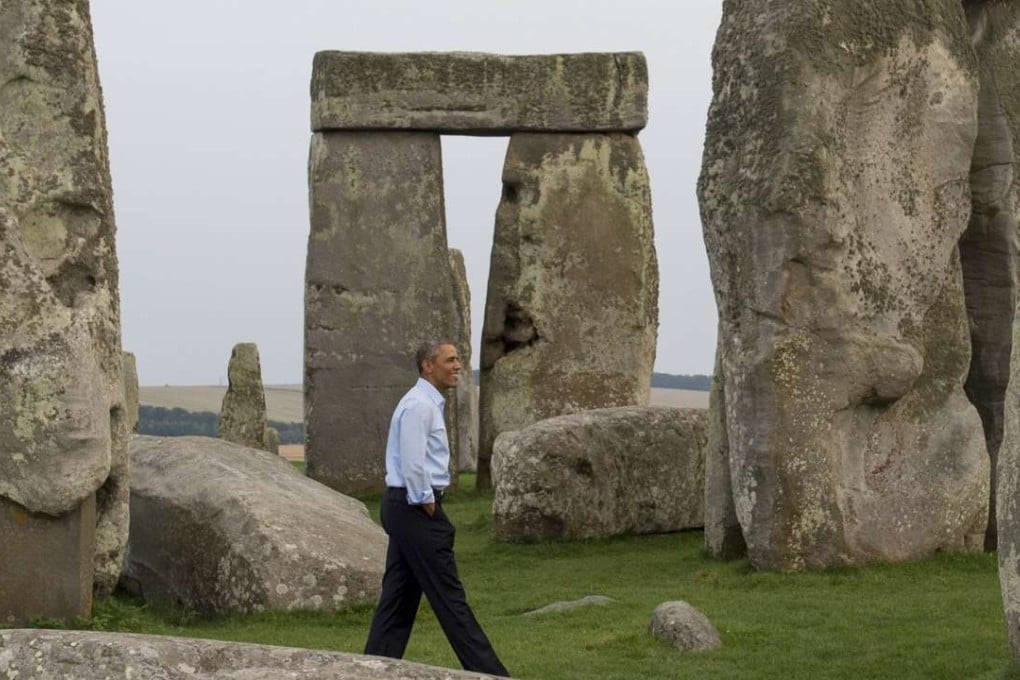Stonehenge: the good, bad and ugly sides
When it comes to public access to Britain’s most visited attraction outside London, heritage bodies are walking a fine line between exploitation and conservation

THE GOOD
Everyone loves a good puzzle and 5,000-year-old Stonehenge, in southwest England, is certainly that. Online reviewers who claim it’s just a pile of rocks are missing the point. The trick is to look beyond the Neolithic stone circle and ponder the unanswered questions. What was its purpose, how long did it take to complete and how did the builders find, transport and position the 20-ton slabs? And why was the site chosen? Archaeologists theorise that a dog tooth found recently near Stonehenge suggests people were visiting the area 2,000 years before the monument was even built.
Construction conundrums were solved without access to modern tools or even the wheel. For example, Stonehenge was built on sloping ground but the architects buried the uprights at different depths to ensure the capping lintels were horizontal. Scholars have long believed that primitive log sledges were used to drag the stones 30km from the Marlborough Downs and 220km from west Wales although another school of thought holds that the rocks were transported on an ice-age glacier 20,000 years ago.
In 2013, the visitor centre underwent a £27 million (HK$260 million) revamp and was moved a mile from the site. There’s a shuttle service between the two but it’s better to walk. The stones appear small at first but you get a sense of context and an appreciation of how they are positioned upon Salisbury Plain. The rolling grasslands are a great place for a picnic. The (Windsor, Oxford and Stonehenge in one day) coach-tour crowds will look at you in bemusement but that’s because they have less time at the site than you’ll spend eating your sandwich.
